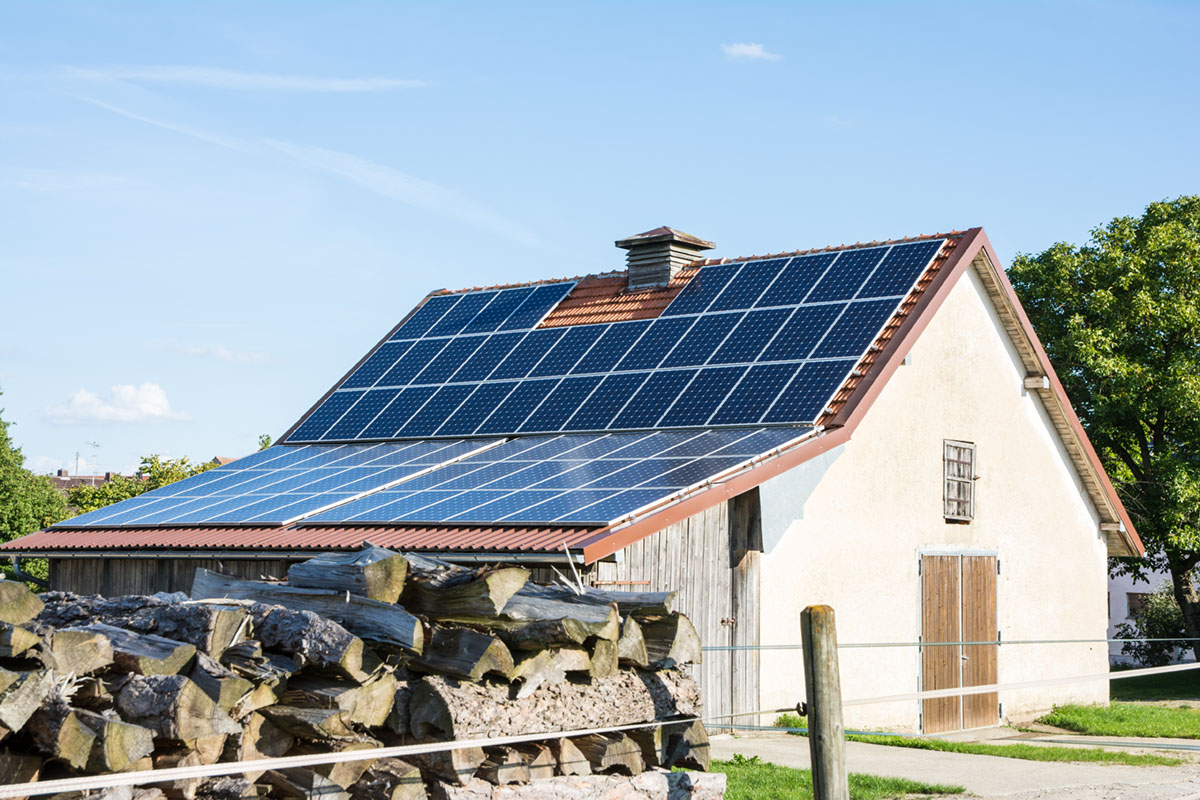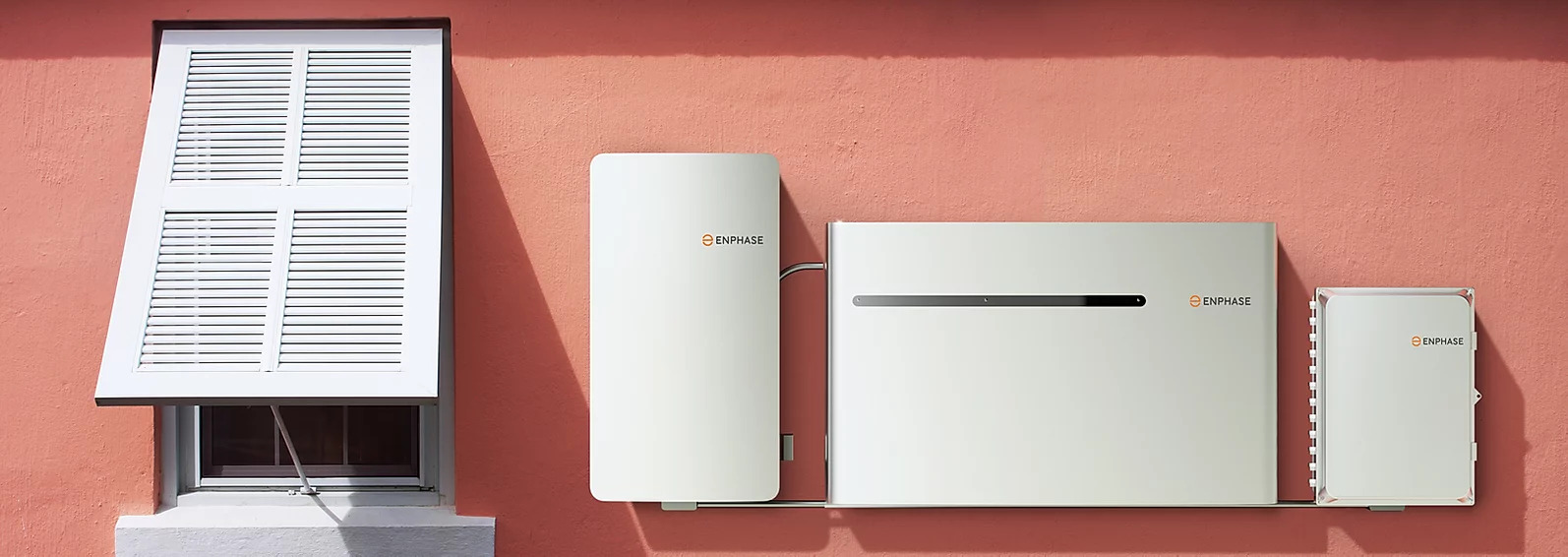In 2018, California passed the first-ever housing rule requiring new homes built to install solar panels.
This solar mandate went into effect on January 1, 2020, and is part of the state’s goal to acquire 100% of its electricity from renewable energy sources within 30 years.
This new legislation has generated confusion and forced builders to figure out the solar industry at warp speed (no small feat).
For you builders in the Golden State, it’s important to know which of your projects are subject to the mandate.
Let’s look at the details.
California Solar Mandate

Single-family and multi-family homes that have three or fewer stories are required to adhere to the solar mandate.
Any additional dwelling units, such as in-law and garden apartments constructed after January 1, 2020, are also required to meet the standards of the mandate.
At this time, there is no requirement for any commercial buildings or residential buildings that are more than three stories tall to install solar panels.
However, this requirement could change in the future.

Exemptions to the California Solar Mandate
Not every new home over three stories is required to have solar panels.
The mandate includes a few exemptions:
- Houses that are frequently shaded from the sun or in areas with little sunlight
- Homes that are being fully or partially rebuilt due to damage from a catastrophe, such as a flood or wildfire
- Temporary structures, remote job sites, and other buildings constructed without the intention to connect to a utility grid
- Correctional facilities
- Construction with significant financial or other barriers
In some cases, the California Clean Energy Commission may approve a shared community solar garden instead of installing solar panels on individual homes.
In areas where solar energy isn’t feasible due to insufficient sunlight, builders and property owners are encouraged to adopt wind, hydroelectricity, or geothermal power instead of photovoltaic power.
California Solar Mandate Timeframe

The California solar mandate is currently set to expire on January 1, 2023.
However, the bill is likely to be renewed at that time.
It may also be updated to include new requirements for commercial buildings.
Other California Solar Requirements

Some buildings that are exempt from the mandate still have solar requirements under previously existing legislation.
All residences and commercial buildings built since January 1, 2014, must have a solar-ready roof.
If you need more details on what a “solar-ready” build is, find out more here.
But essentially, a solar-ready roof is designed to accommodate solar panels easily:
- Roof Steepness: You’ll be well-positioned with a south-facing roofing at approximately 15 – 30 degrees.
- Weight: On average, a solar panel weighs 40 pounds (of course, this must be multiplied by the total number of panels to gauge the full array). The home’s designer should choose durable materials to accommodate this potential load.
- Roof Layout: The design should minimize the number of other structures on the roof. Having a durable roof design with planned vents, dormers, and chimneys makes for an easier panel installation down the road. You also reduce the risk of roof leaks in the future.
In addition to a solar-ready roo, San Francisco requires all residences and commercial buildings with 10 or fewer stories to have solar panels or water heaters.
Solar zones must be clearly identified in construction plans and take up no less than 15% of the roof area.
Benefits of the Solar Mandate

Homes constructed to satisfy the solar mandate will consume 53% less energy than those constructed under the previous standards.
This reduced energy consumption could save homeowners as much as $19,500 over the life of the system.
Homes equipped with solar panels and batteries are in an even better position. They may avoid extended power outages caused by wildfires and other natural disasters, keeping critical equipment running.
Additionally, building owners may still qualify for the federal solar investment tax credit, which lowers the total cost of installing a solar system.
In 2021, it’s 26% of the system cost, plus labor and permitting costs.
However, in 2023 it will drop to 22% and be phased out in 2024, except for a 10% credit available on commercial systems.
Costs of the Solar Mandate

It is estimated that the solar panel installations and other improvements required by the solar mandate add about $9,500 to the construction cost of an average home.
Homebuyers can purchase the solar panels themselves, lease them, or negotiate an agreement with their builder.
In the case of new subdivisions and communities, it may be beneficial for builders to negotiate a cost-sharing agreement among all the homeowners.
If the upfront cost of purchasing solar panels is a significant barrier for potential buyers, homebuyers can roll the cost of their system into their mortgage.
This is a much better deal than leasing because the return on investment is far greater for an owned system and eventually eliminates their electric bill.
In total, purchasing a solar panel system as part of the new construction adds about $40 per month to the mortgage payment and can save $80 per month in electricity costs.
Number of Solar Panels that Must Be Installed

New buildings subject to the solar mandate need to have enough solar capacity to generate approximately as much electricity as the occupants of the building will consume in a year.
However, because no one has lived in a brand new structure, this can be difficult to determine.
The Unbound Solar® California New Home Construction Calculator can help you estimate how many panels you need to install.
If the home’s photovoltaic system includes solar storage, the size of the system can be reduced by at least 25%.
This may save your customer money on installation costs and require less roof space, in addition to providing critical backup power.
The size of a solar panel array can also be reduced by adding efficiency improvements. These include:
- Thermal solar power
- Green building materials
- Certified appliances
- Other energy efficiency initiatives
Solar Mandates Outside California

While California is the only state with a solar mandate, communities in other states have adopted solar energy requirements.
Cities that have passed similar legislation include:
- Orlando, FL
- Tucson, AZ
- New York, NY
- St. Louis, MO
Meanwhile, Colorado is considering a possible mandate for large buildings for 2023 proposed by the Colorado Building Industry Association.
This shows that while the solar mandate in California is the first of its kind, it is not likely to be the last.
Solar is going viral as more cities and states consider requiring solar installations.
Your Solar Partner
Staying on top of builders of all the changing and upcoming solar requirements can be a full-time job.
But at Unbound Solar®, we’re ready to simplify the process for you.
Our solar experts are ready to guide you through the solar installation process and answer any questions you have about requirements for your construction project.
Contact us for a quote or a free consultation.




